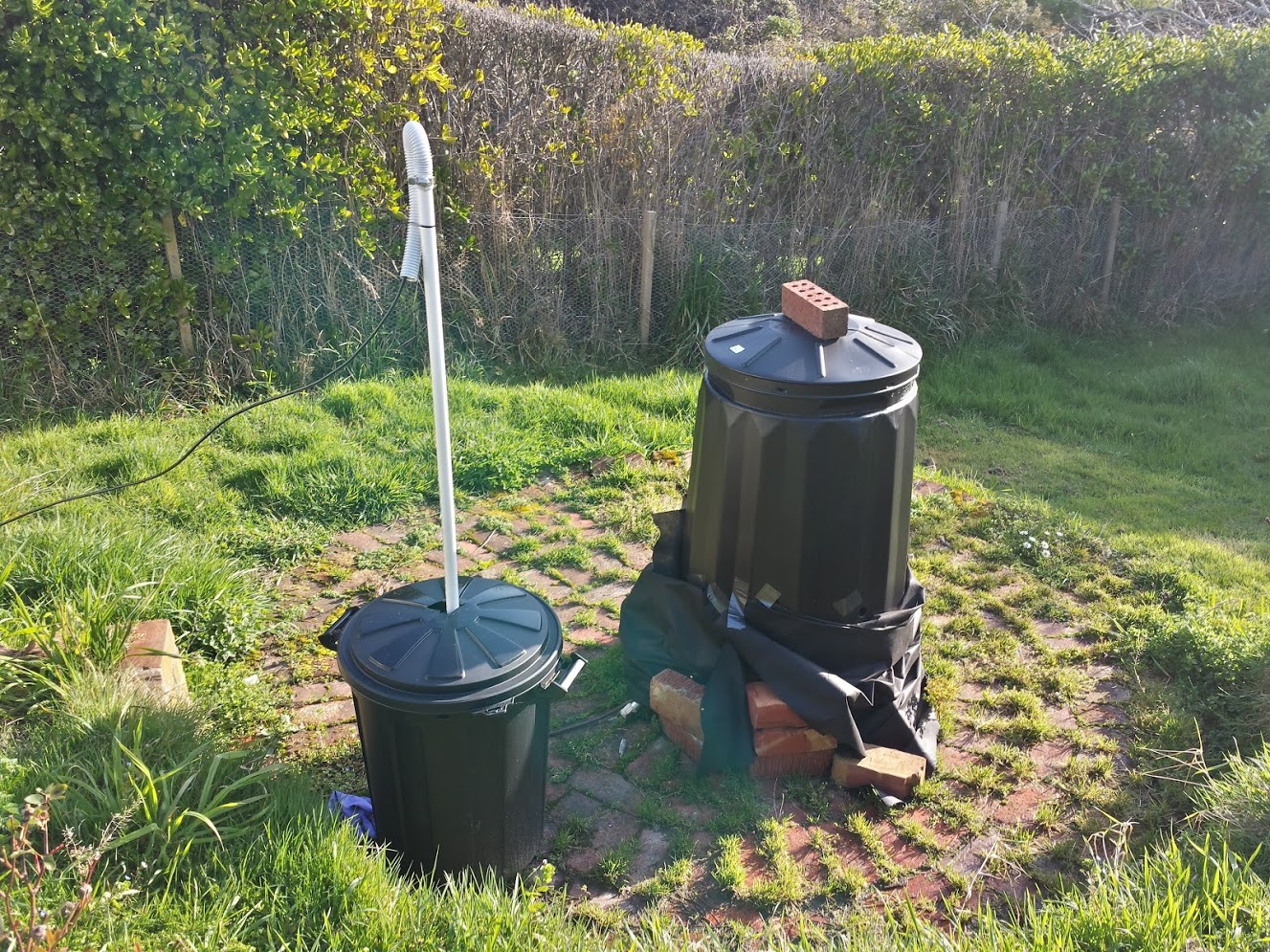Dunedin Aurora
A Citizen Science Magnetic Observatory located in Dunedin, New Zealand.
About Dunedin Aurora
Dunedin Aurora began in 2015 as capstone project when we (Chris Campbell and Vaughn Malkin) were completing our Bachelor of Information Technology degree at Otago Polytechnic. We had the good fortune of meeting Dr Ian Griffin (Director of Otago Museum) who agreed to be our client – he’d just bought magnetic sensors (magnetometers) and he wanted them hooked up to the internet and watch for space weather that would cause an aurora.
Chris and I set to work, learn many things, broke stuff, but eventually produced a simple website that showed the state of space weather near Earth. We graduated as a result of this project. But unusually for a student project, Dunedin Aurora just kept going!
Since then Dunedin Aurora has evolved. We still monitor the Earth's magnetic field for changes caused by the impact of space weather, but we also track satellite data for information about the solar wind and the near-Earth space environment, and we process images of the sun to create an empirical forecast of likely space weather conditions - especially if they'll cause an aurora.

Publicity
Local newspaper article - 2015.
Presentation given to Stargazers Weekend for North Otago Astronomical Society - 2018.
Presentation given to Stardate SI astronomy weekend - 2019.
Interview with local TV - 2019.
The Hardware and Software setup
For those interested in some of the technical details, Dunedin Aurora consists of:
- Magnetometers and associated hardware
- Magnetometers power the core functions at Dunedin Aurora. These devices measure tiny changes in the Earth's magnetic field. Space weather events literally impact our magnetic field, producing characteristics surges and pulsations that can be recorded and analysed.
We use a range of magnetometers, from the sophisticated Geometrics G-857 magnetometer owned by Otago Museum, to magnetometers on the GOES satellites, to reproductions of classical variometers, and an experimental 3 metre diameter induction coil. Variety is the spice of life and owning a range of hardware gives us quick access to data and resiliance to hardware failure!
- Sky Camera
- We have a camera that constantly monitors the southern sky. This is a ZWO Company, ASI 120 MC-S colour imaging camera fitted with a 4mm CCD camera lens. The camera lives in an enclosure with a heated window. We use SharpCap imaging software with customised python scripts to manage the image capture and upload to our website.
- Radio Antennas for Ionospheric Monitoring
- I'm currently experimenting with VLF loop antennas to monitor the behaviour of the ionosphere. This outer layer of the atmosphere is sensitive to the solar wind, diurnal change and solar flares. I'm also looking at the performance of GPS modules in relation to space weather and other ideas for monitoring the sun at radio frequencies.
- Website and Software
- We use DigitalOcean to host a server which runs our website. This server also runs the custom software that grabs data from a range of sources, creates dynamic content for the website, provides some basic analysis and crunches stuff down into information that is useful to aurora watchers. We use Highcharts to generate the graphs and displays. For portability we use Python to write all our code.
- Satellites!
- Sadly, we dont actually own our own satellite, but we do make use of public domain satellite data and imagery. This is used to power our solar wind monitoring and forecasting. We also provide high resolution displays of GOES magnetometer data.

The magnetometers live inside here, we promise.Copyright 2015 © Project Helios
Acknowledgements
Dunedin Aurora could not exist without the following people:
Dr Ian Griffin & Otago Museum
Ian is Director of Otago Museum. Ian was the original client for our degree project, but since then has continued to allow us to play with the Museum's toys. His energy and enthusiasm for all things sciencey and aurora-y (?) is astonishing!
Chris Campbell & Vaughn Malkin
Since graduating, Chris spends much of his time working miracles for the customers of a local wireless comms provider and gets his arm twisted to provide network and hardware support for Dunedin Aurora - plus he's the guy with a car!
Vaughn torments first year students by teaching I.T. at the local polytechnic, and is responsible for mushing together the background code that makes Dunedin Aurora tick. Occasionally things become unmushed.
Aurora Australis Facebook Group
A huge inspiration is the Aurora Australis Facebook group. The range of people interested in the art, science, and love of photographing the aurora and the night sky is a delight. We count ourselves lucky to be part of their ranks.